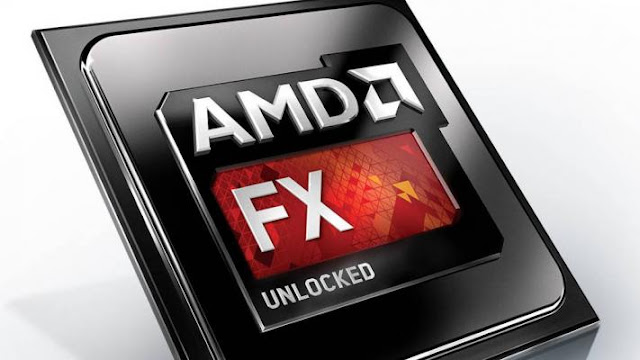Samsung's Exynos 5 Octa-Core mobile processor has been introduced earlier this year, a Korean based Samsung Electronic and world's famous smartphone maker, now introduced a new mobile processor chip, a "true" Octa-Core processor that have eight cores and will able to use its all eight cores at one time.
Samsung's Exynos 5 Octa is using big.LITTLE technology. However, earlier chip ( comes in Galaxy S4 ) was unable to use its all eight core simultaneously because it have two processors, a Quad-Core Cortex A7 for little task and a Quad-Core Cortex A15 for big tasks that makes four plus four cores is equal to eight cores. But now it is able to use all eight cores for little and big tasks at a time.
"It's usually assumed that the big CPU will do the performance-critical work, however, power-efficient little cores can handle many significant workloads all on their own, so the workload is balanced within the system. big.LITTLE processing is designed to deliver the right combination of processors for a specific job. An eight-core processor with HMP is the truest form of the big.LITTLE technology with limitless benefits to the users of high-performance, low-power mobile products."- Taehoon Kim, vice president, System LSI marketing, Samsung Electonics
The new Eight core Exynos chip with Heterogeneous Multi-Processing ( HMP ) will be ready to deploy in Q4 of this year.



















